
The Nissan Kicks e-Power may look like yet another crossover from the new decade both on the inside and out, but it’s a vehicle that I think is instrumental in playing a key part in the electrification of the Philippine market.
If you’ve been following that scene, it’s obvious how the infrastructure is not ready yet. The BEVs (battery-electric vehicles) are too expensive. Introducing hybrid-electric vehicles (HEVs) to the masses is arguably the most logical first step, and it looks like Nissan Philippines is gunning for that with its newest electrified crossover.
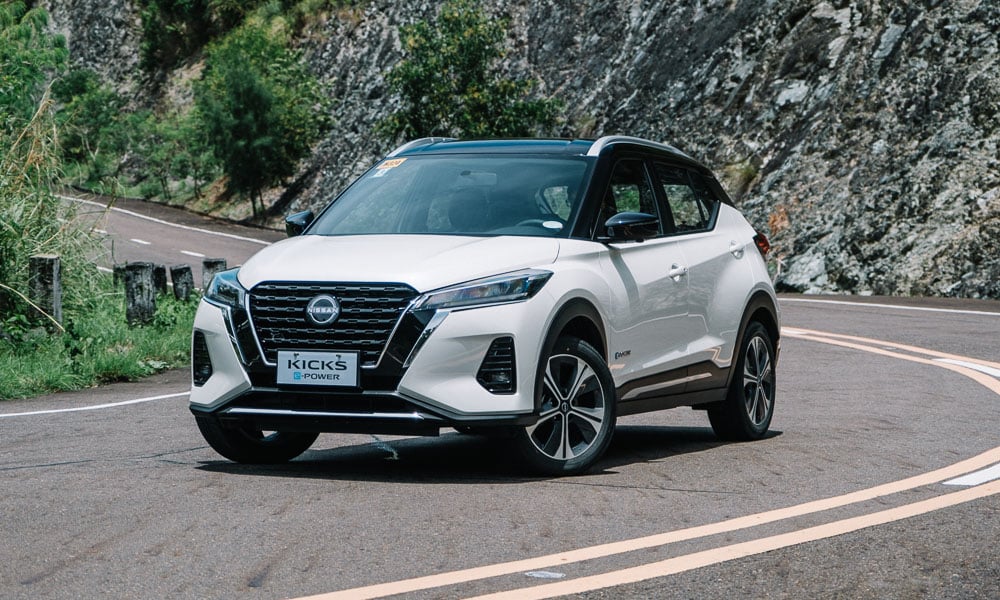
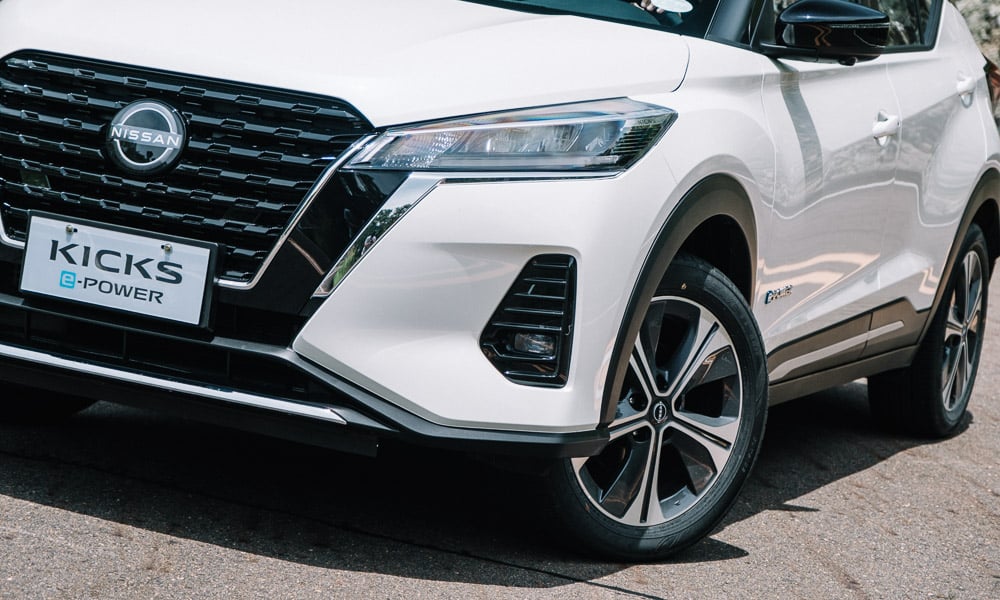

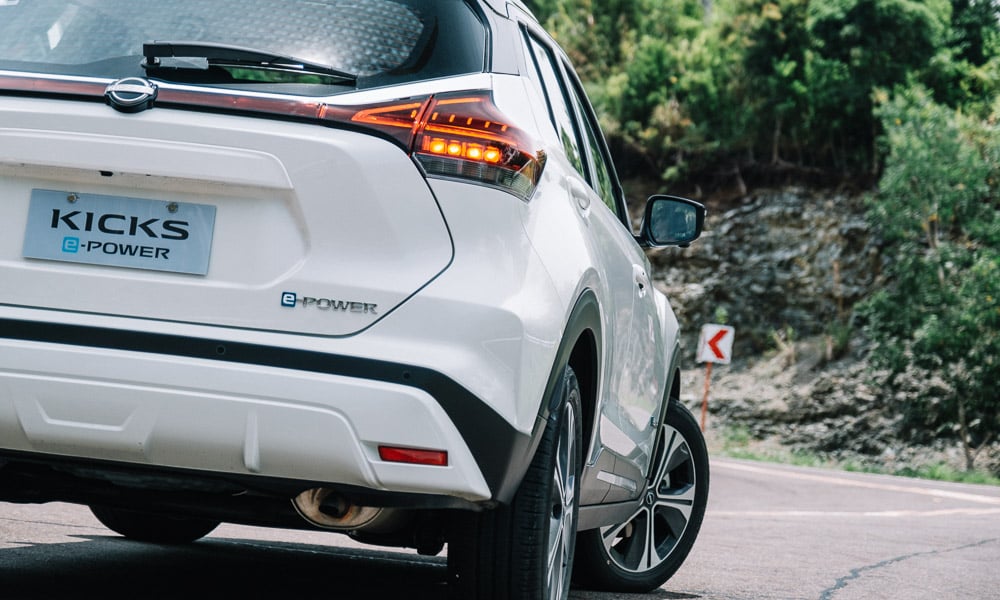
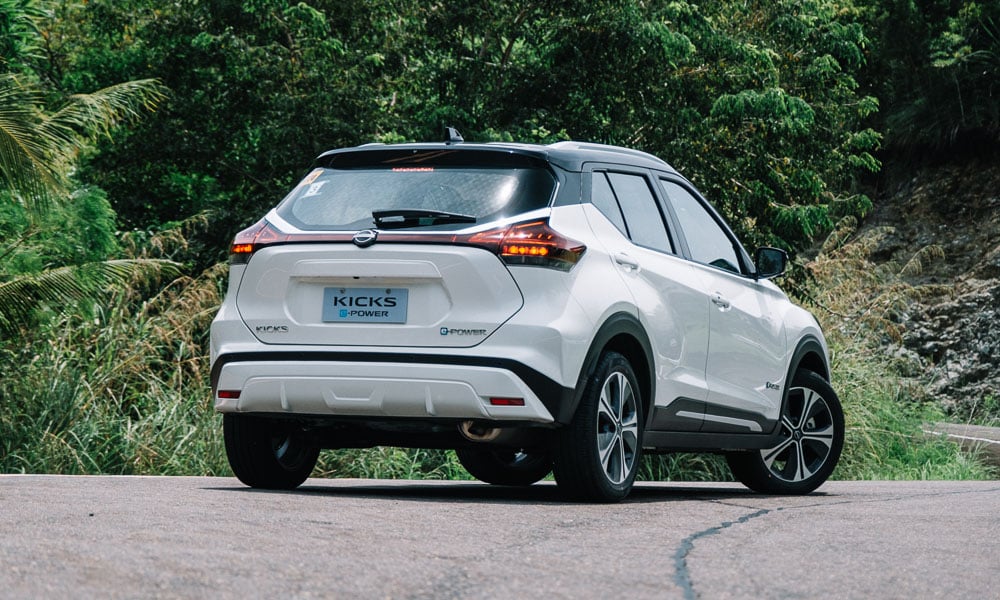
The petite dimensions make it perfect for puttering about in the city. It’s not as eccentric-looking as its Juke predecessor, which is good for those who want something a little less controversial. It’s a handsome little thing with full LED lighting, bright LED fog lamps (on this VL variant), and a faux lightbar at the back.
But hey, if that formula sounds familiar, that’s pretty much every modern crossover on the road today. Nissan’s “hero color” is the Pearl White (with a black roof) you see here, but the Premium Corona Orange is my personal favorite, especially under the sun.
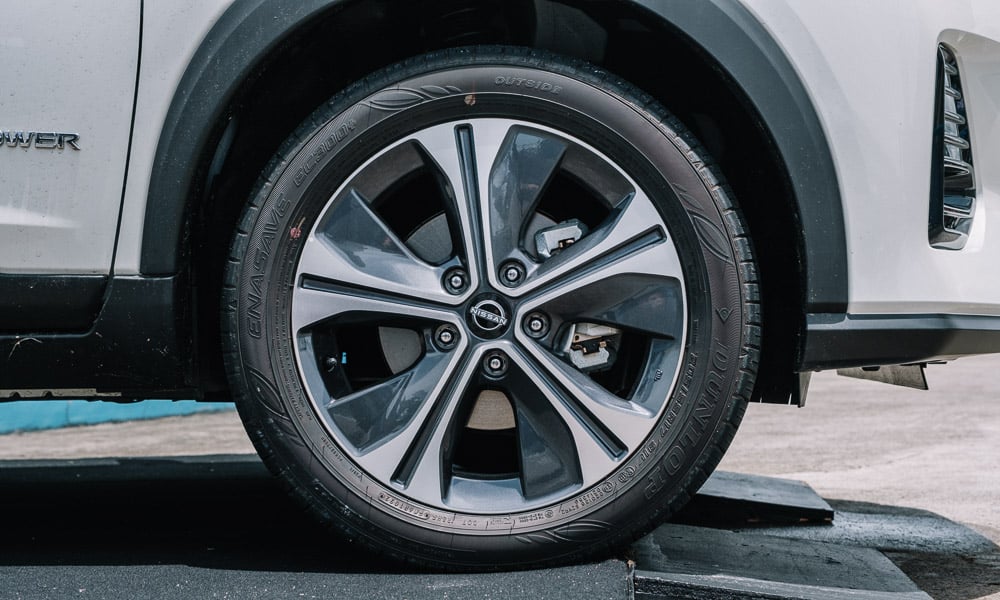
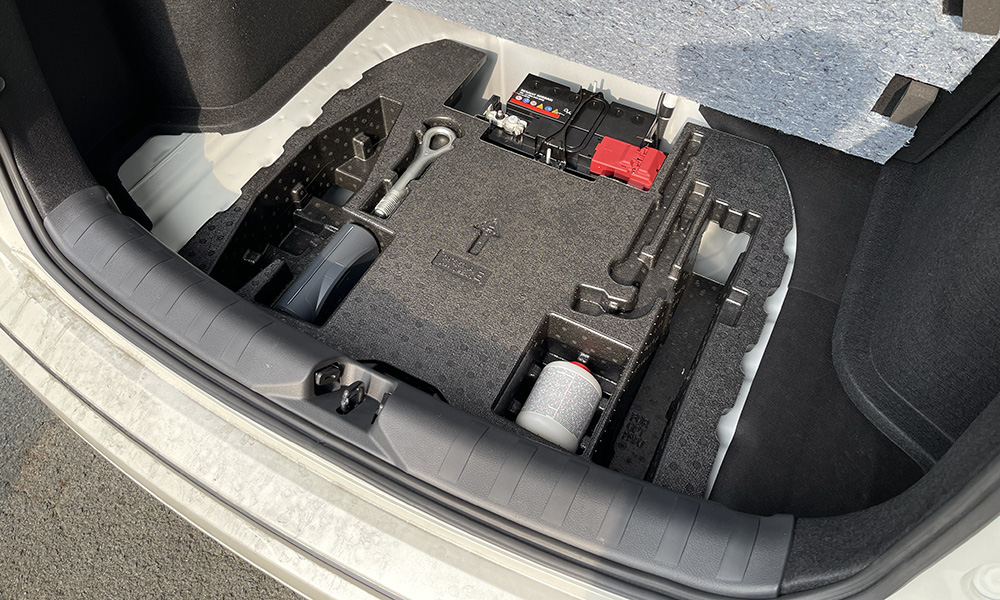
The 17-inch wheels are shod by Dunlop Enasave EC300+ rubber (205/55). They’re quiet at higher speeds, and perform great in wet or dry conditions. But there is no spare tire. You have an inflator, some tools, and tire sealant underneath the false floor. Granted, if you were handy enough (or know a shop), you can probably relocate the 12V battery elsewhere to fit in a spare. The battery is a regular lead acid unit, not the more expensive EFB or AGM.
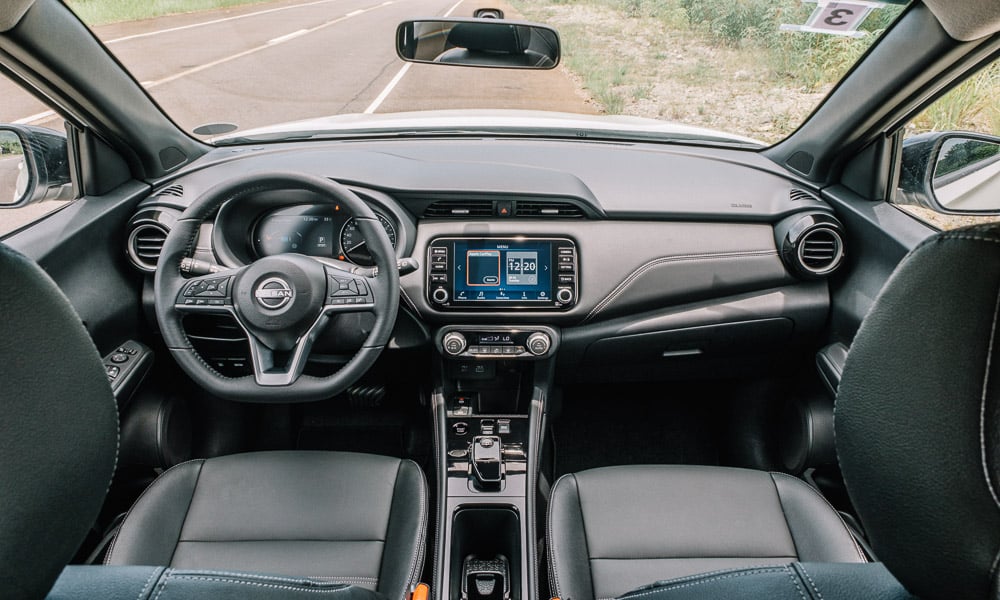
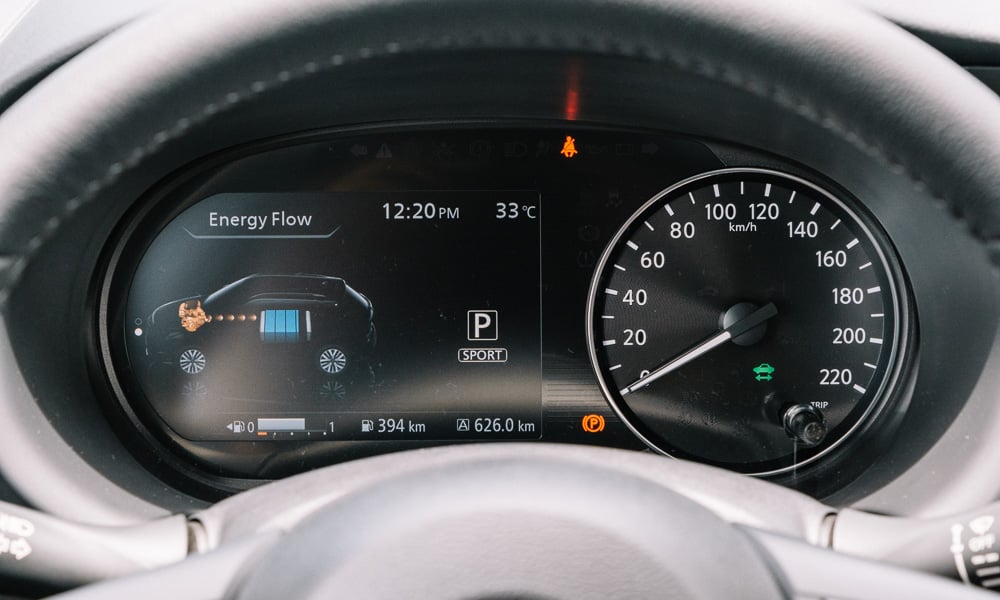
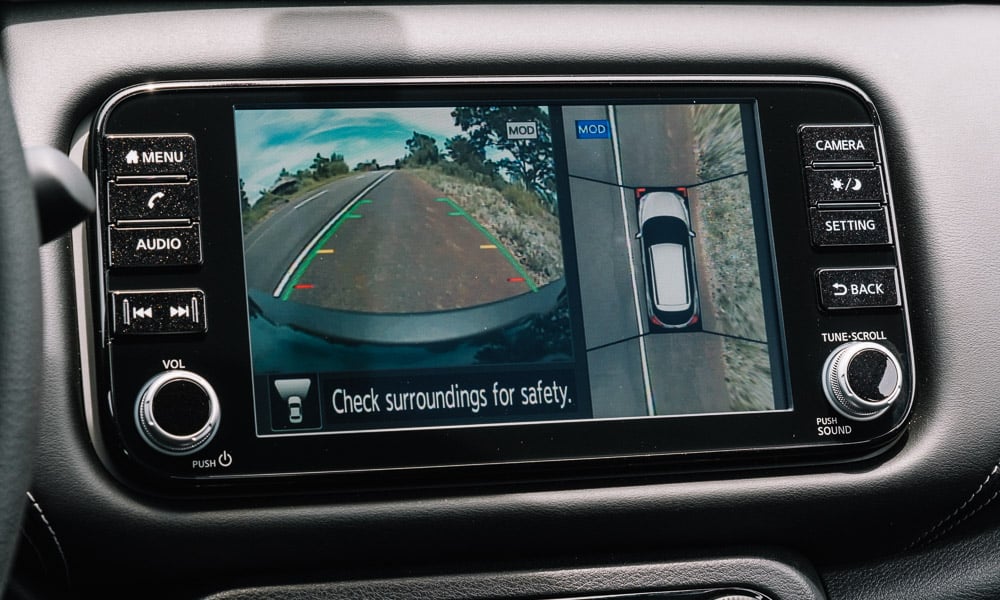
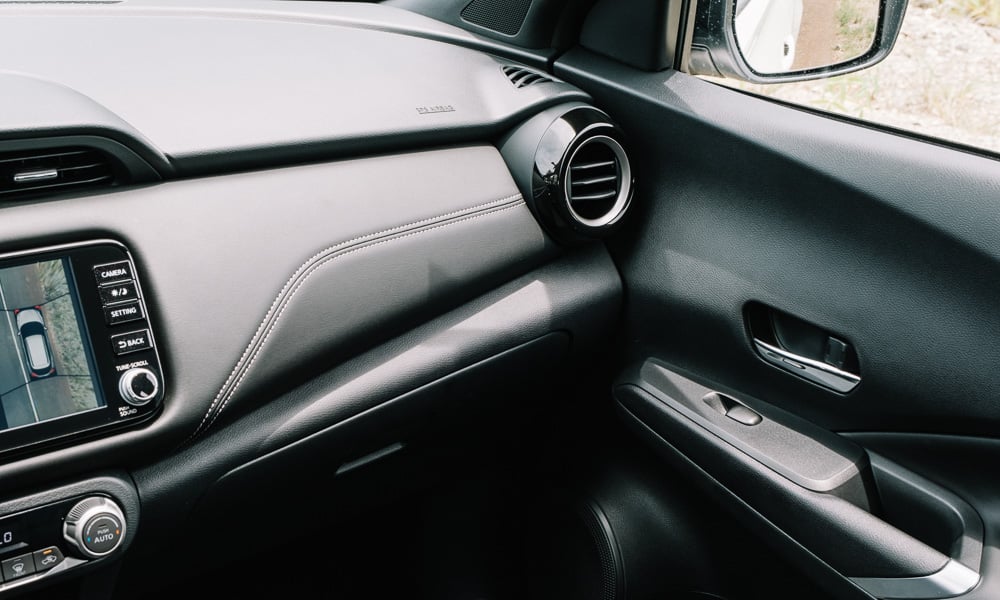
When you go inside a modern Nissan, expect two things: cold air-conditioning and extra-comfortable Zero Gravity front seats. You won’t find any exotic materials or finishes here, just an inoffensive yet functional cabin that reflects the price point the car is being offered at.
There’s an abundance of hard, scratchy plastics on the door cards (I find the chrome door handles cheap), but at least most of the touchpoints are appointed with soft-touch materials, especially much of the dashboard. Bonus points for the leather seats and steering wheel, the six (good-sounding) speakers that need a subwoofer, and the 360° camera with Moving Object Detection.

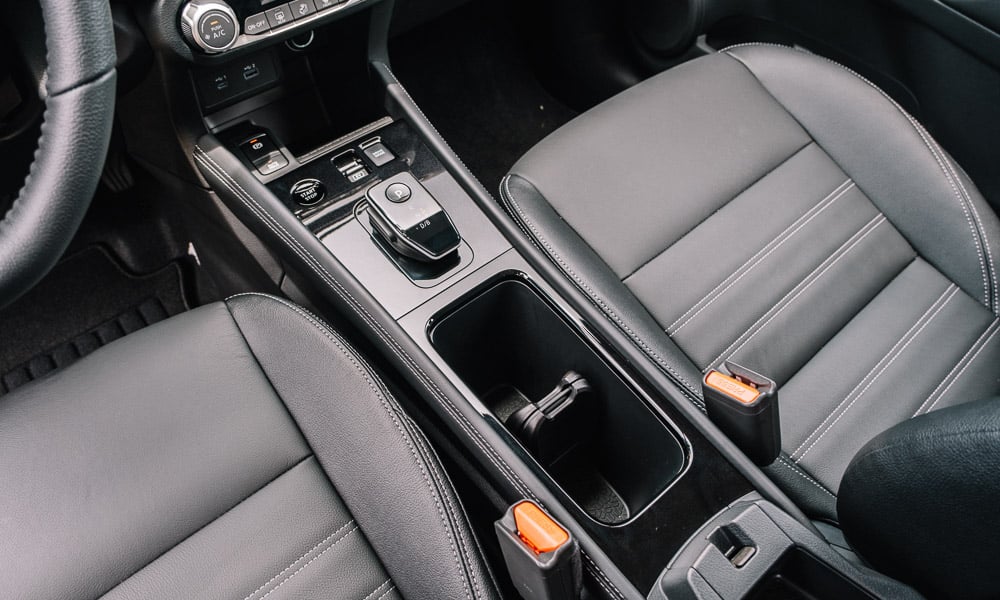
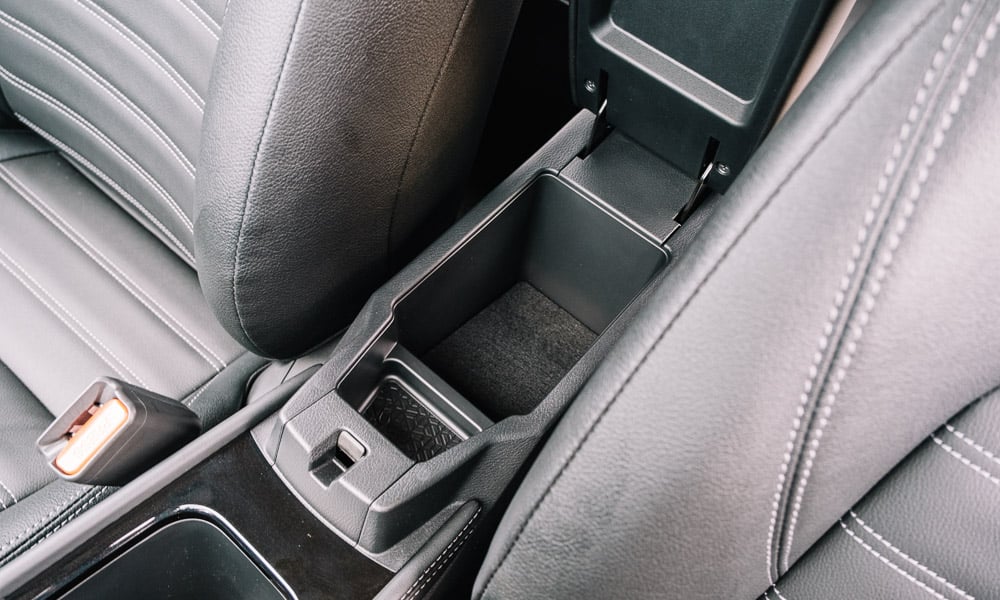
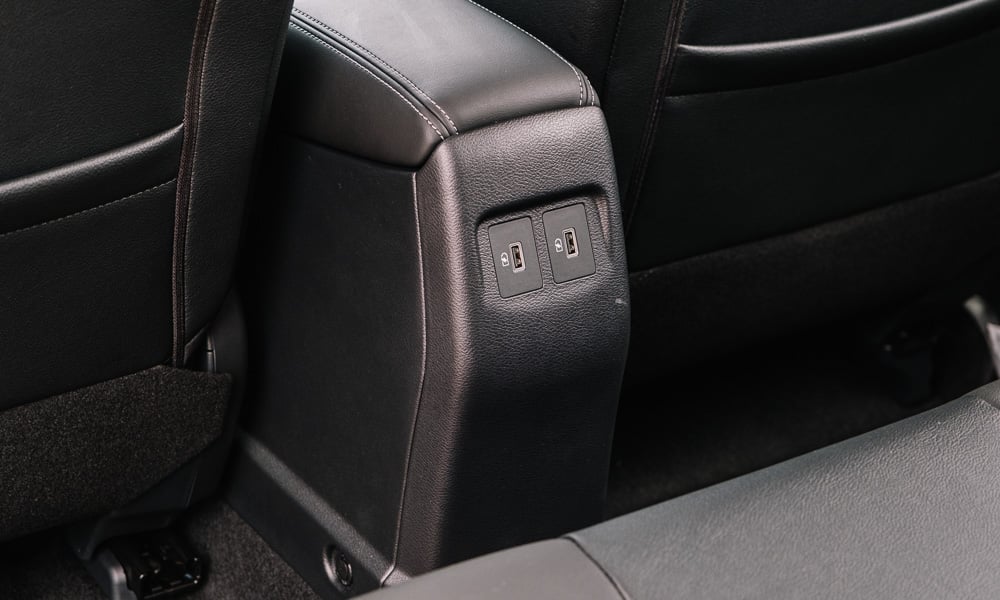
In fact, the layout is quite similar to the Almera, down to the steering wheel, the half-digital gauge cluster (with e-Power specific menus), and the eight-inch infotainment with Apple CarPlay and Android Auto. It also has forward collision warning and automatic emergency braking, but curiously, the VL lacks the blind-spot monitoring found on the top-of-the-line Almera.
Other features: a different center console with a deep phone partition, a single USB-C and Type-A port with a 12V socket, a puck-like shifter with the handbrake, auto brake hold, EV and drive mode buttons, an incredibly deep cubbyhole that can become cupholders with a piece of plastic, and a tiny center-console storage.
Oddly enough, there are no air vents for the rear passengers, just two Type-A ports where they could’ve been. Not like you’ll need them with how frigid the air-conditioning can get anyway.

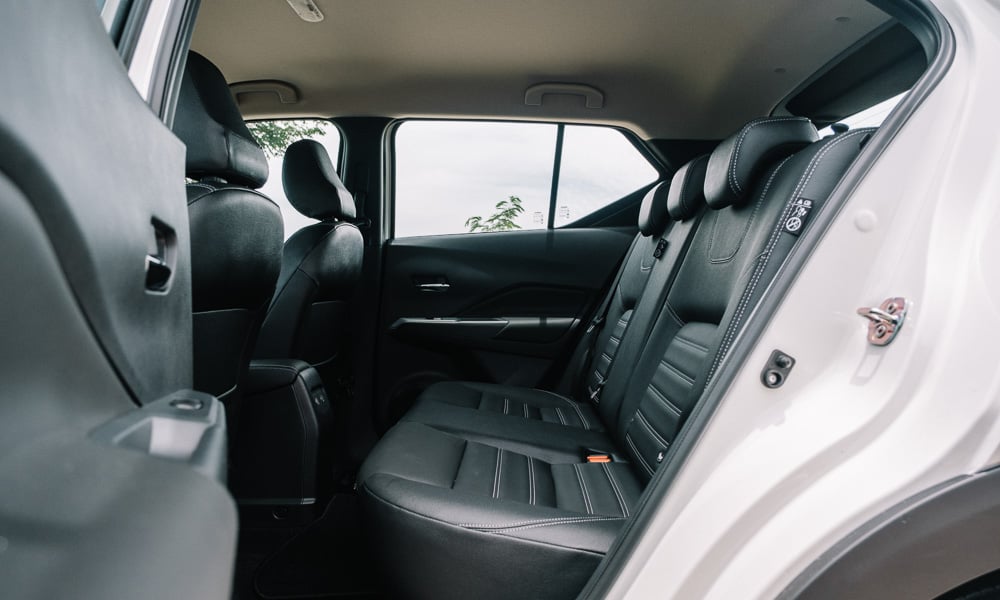
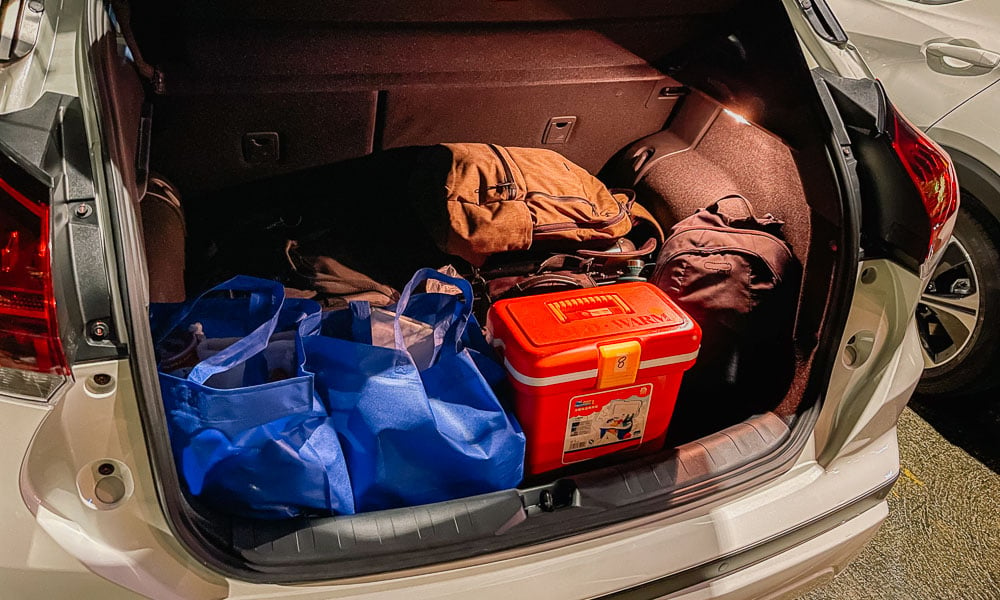
Aside from the comfortable front seats with generous visibility up front and back (as long as the headrests are down), the rear bench is very spacious, allowing someone as tall as I am (5’10”) to fall asleep without complaints. The rear door cards also have bottle holders at the back, which is welcome as there is a lack of a center armrest with cupholders.
There’s 470L of cargo space (expandable to 835L with the 60:40 split-folding rear seats down) that is good enough to stow the needed luggage for a weekend getaway with friends or family.

If you’ve read our previous articles, you know just how capable this car is, especially on the racetrack. But this drivetrain shines in urban conditions in a few key ways:
Unlike other self-charging hybrids, the Kicks nails the driving experience of an EV. Just as I’ve learned from the engineers behind this drivetrain, the system tries to run the engine as little as possible. There is no mechanical connection between the engine and the wheels, as the electric motor does all the work.
In my usage around the city and on the main roads, it silently runs on electric power until the battery is low (or you force it in EV mode). The motor’s 134hp and 280Nm allow the car to overtake even faster vehicles on the expressway, thanks to all that torque being available instantly.
When you step on it, you’ll hear the 1.2-liter three-cylinder engine fire up with a growl to assist with generating more electricity, so you still get a little bit of old-fashioned aural excitement.
When the battery is exhausted, the engine runs in short intervals when at a stop or when driving to charge. Regenerative braking also helps a little bit, but you can force it to charge by holding down the EV button.
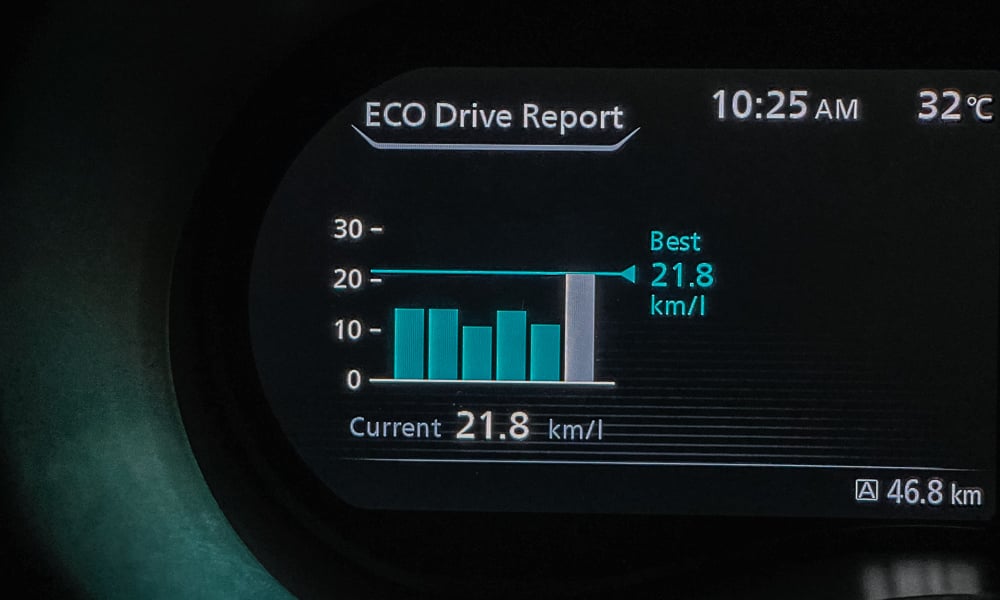
All this leads to insane fuel economy. I can report an astounding 18.4km/L average fuel consumption in the city (though I managed 21.8km/L during the weekend), and 19.0km/L on the expressway with short bursts of overtaking. We recently did a 468km journey to Misibis Bay, and when we arrived at our destination, there was enough fuel for the next day of shooting and roaming around.
And to answer your question about what happens if a car runs out of fuel, one of our colleagues’ cars during the media drive was running on fumes by the time he made it to the emergency stopover location. Granted, it was mostly a downhill journey, but he was able to limp the car to the gas station on electric power alone, thanks to regenerative braking and careful driving.

And speaking of regenerative braking, the e-Pedal Step system works extremely well, allowing you to drive the vehicle with one pedal. Mind you, it doesn’t bring you to a complete stop; you’ll have to do that yourself. Do be careful though, as it becomes second nature after living with the car for a bit, so be sure to remember to use the brake pedal in a non-e-Power vehicle.
As for NVH, it’s so-so, as road and traffic noise leaks in easily. If you get stuck in a heavy downpour, the roof can get very noisy. But that’s all you’ll have to deal with, as the powertrain is silent most of the time, and engine vibrations are well-controlled, even for a three-pot engine. I would invest in some insulation to elevate this to luxury-car levels of serenity.
The car’s confidence around corners around the racetrack and the twisty back roads is deceiving for a crossover. It was hard to upset the vehicle’s balance—meaning, you can safely have a little fun, just do it responsibly. But when driving normally, the ride quality is on the soft side, soaking up ruts and undulations pretty well. The 180mm ground clearance is also enough to clear light floods and rocky terrain without issues.
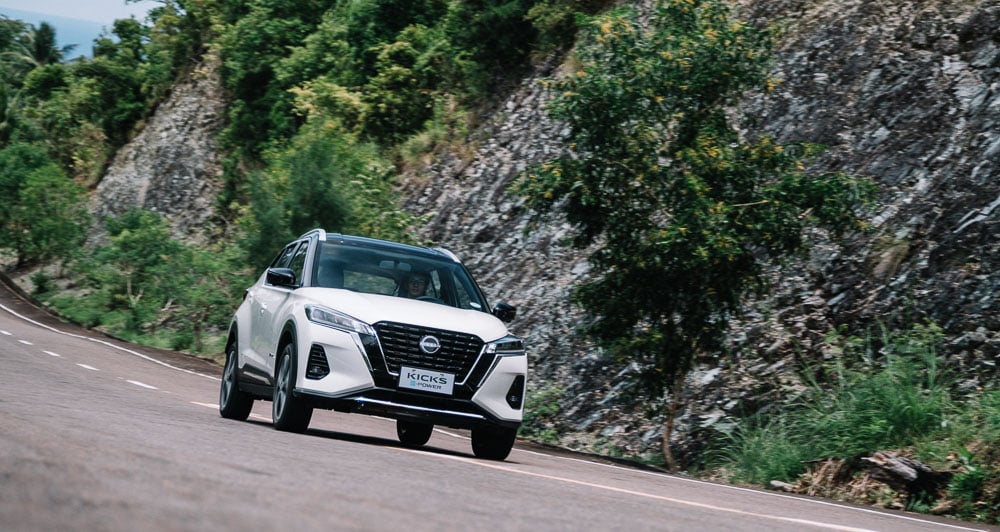
We’ve already talked about the vehicle’s unbelievable introductory prices in our launch article. This top-of-the-line VL variant will cost you P1,509,000, and it comes with a five-year/150,000km warranty that covers the car, the drivetrain, and the battery.
If I could describe the car in one sentence, I’d say that the Kicks feels like it was built around the e-Power drivetrain. It presents the strengths of the powertrain really well, packaging it into an affordable showcase vehicle that will hopefully draw more consumers into electrified motoring in general.
NISSAN KICKS E-POWER VL
| Engine | Electric motor with 1.2-liter three-cylinder gasoline |
| Transmission | Single-speed reduction gearbox |
| Power | 134hp |
| Torque | 280Nm |
| Dimensions | 4,300mm x 1,960mm x 1,615mm |
| Drive layout | FWD |
| Seating | 5 |
| Price | P1,509,000 |
| Upside | An excellent powertrain in a compact and practical crossover for a great price. |
| Downside | The exterior and interior design seems a little conservative compared with rivals. Also, there's no spare tire. |

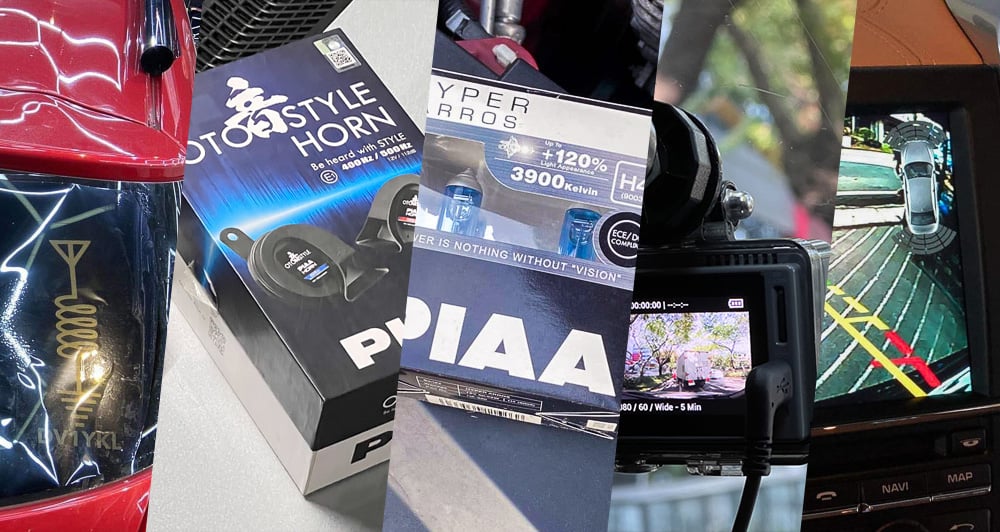
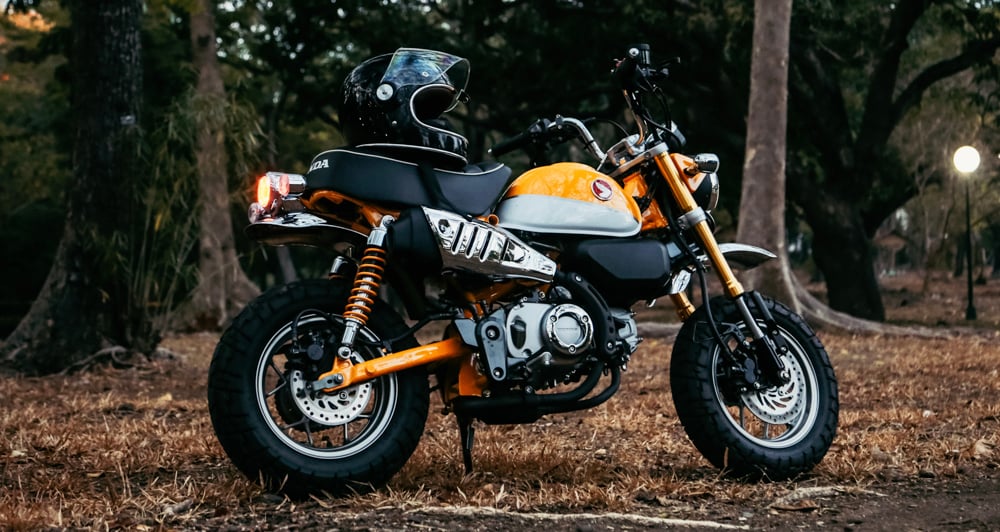
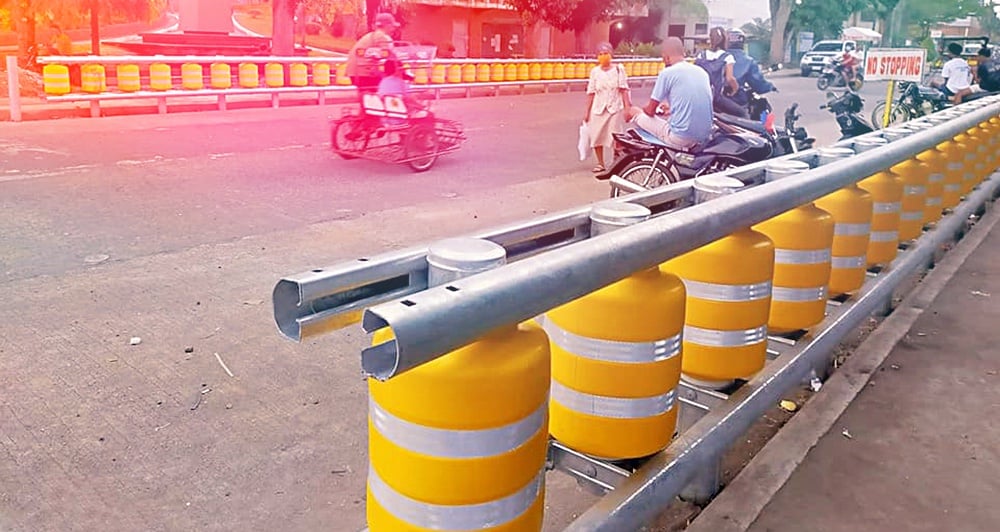

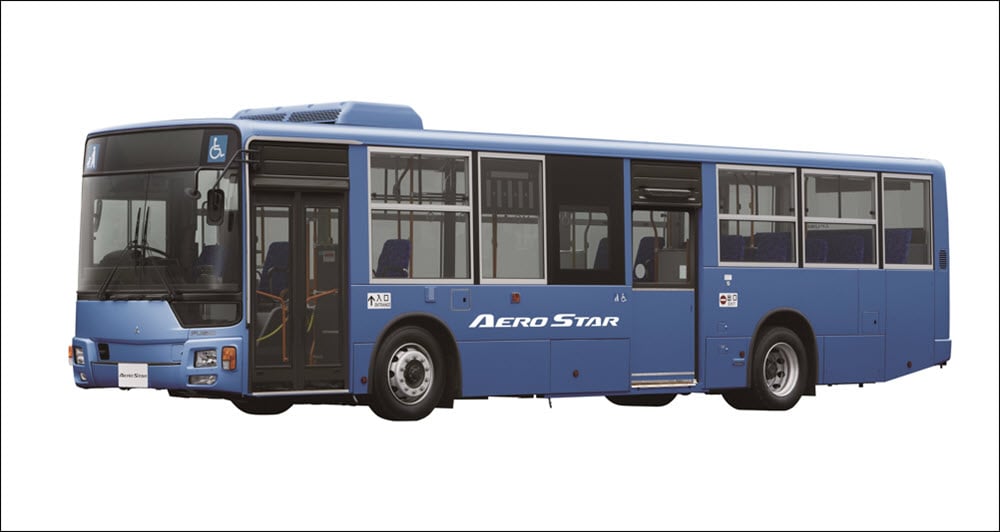
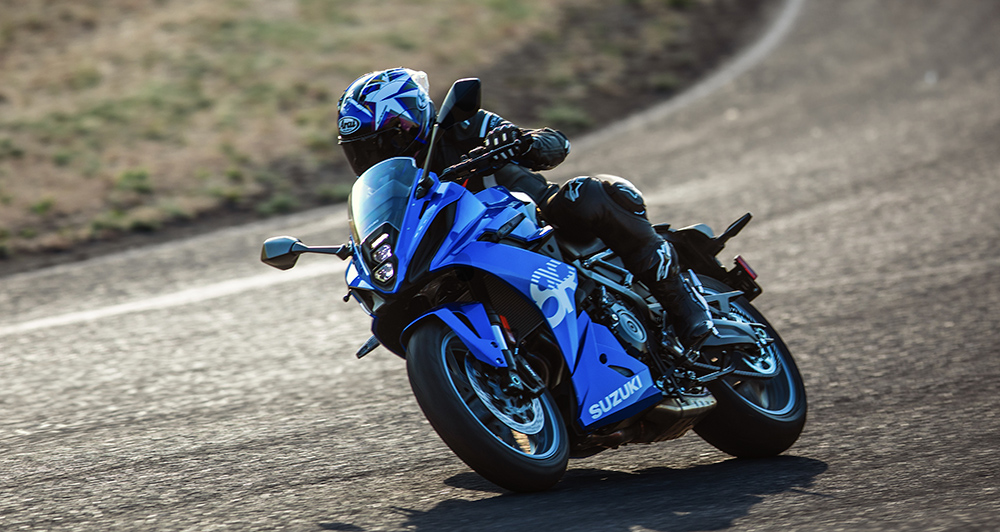
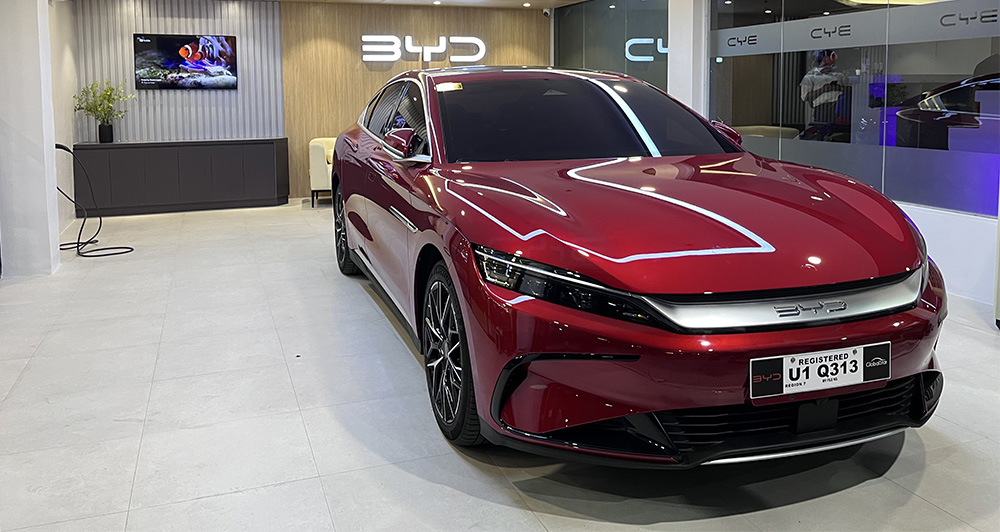

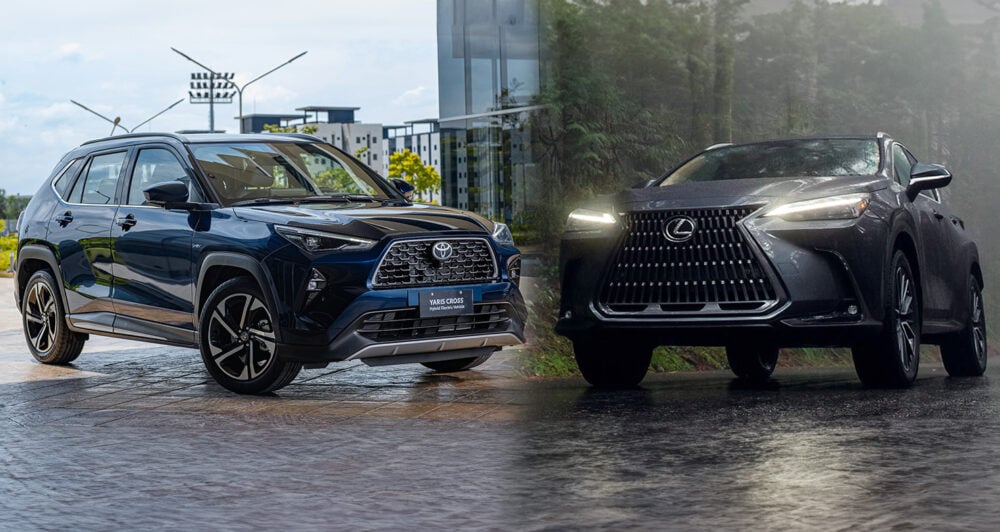

Comments